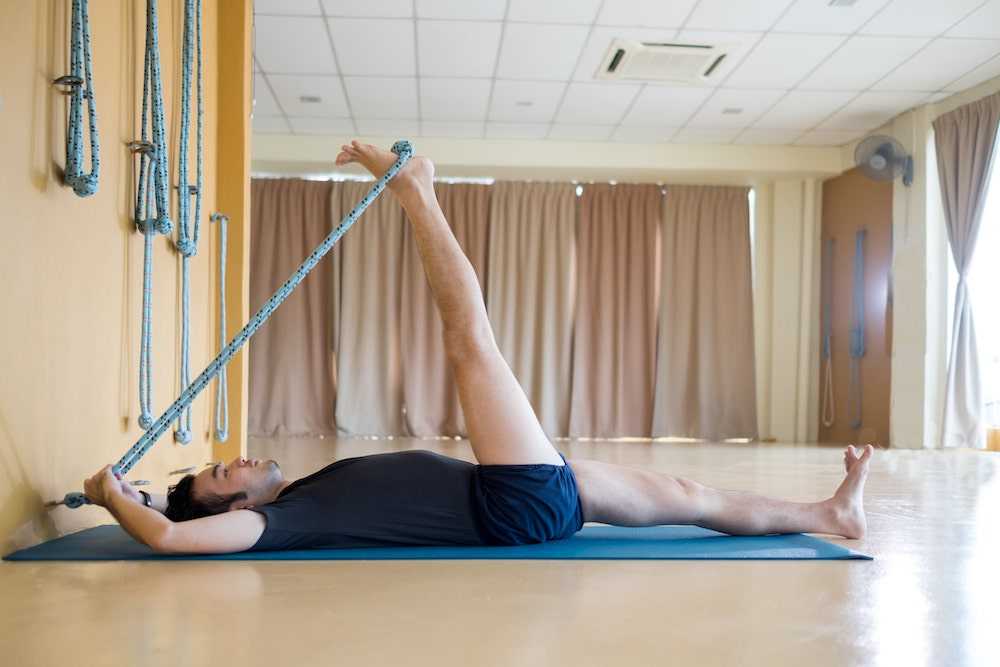Why is low back pain so common these days? In our current sedentary way of life, is to collapse the spine, exaggerating the curves of the spine. Hence, the deep muscles of the spine are inactive, sometimes even becoming atrophied.
Recently, a student of mine has been diagnosed with “lumbar lordosis”, she was advised not to do yoga as this may worsen her condition, and was prescribed with physiotherapy. After having attended a few sessions, she decided to return to the yoga classes as all the rehab exercises prescribed to her is very similar to her regular yoga practices with us. Hence I thought, since low back pain is so common, perhaps I should write another article to explain a little about our spine and how important is movement to us. Maybe, when you encounter such situation, you will understand better whether your yoga practice should be continued or discontinued!
“The spine” or our backbone is the central bony structure upon which muscles act to support us against gravity and to produce movement. Many exercises focus on stretching, relaxing and strengthening these muscles, more importantly these muscles work to create balanced and supportive whole. To function properly, these muscles must act upon the spine instead of collapsing, resulting in reduce of space in between each vertebrae, causing pain and stress. This is why we greatly emphasise in our yoga classes “stability and functionality is way more important than just flexibility”
What will happen when the spine is shortened or space is reduced in between each vertebrae? This could sometimes be caused by over-flexibility.
- The spine collapses and it loses its natural curves.
- As such the head is pulled back and the length of the superficial front lines is loss and causing imbalance with the superficial backlines of the body
- The deep muscles (the erector spinae groups) of the spine are inactive and weak.
- Increased pressure on the vertebrae and intervertebral discs
What should you do if you are experiencing low back pain?
One very common and useful exercise the most physiotherapists would prescribe is “Lumbar Traction”, as this activates, tones and lengthens the deep muscles of the spine. This also helps the body to maintain an upright support, help restoring the natural length by giving the muscles of the neck and back a good chance to lengthen, while maintaining its balance and strength in between both front and back of the body.
How could Yoga practice helps with low back pain?
To completely eradicate the chances of us compensating by overarching our back causing tension to our lower back muscles, we advise doing this asana in a supine position. In Yoga asana practice, don’t we all love restorative practices? Restorative practices help to activate our parasympathetic nervous system, while still allowing you to stretch and tone the muscles passively. If you are experiencing low back pain, try these at home and hopefully it helps you manage your pain. Again, like we always emphasise, there is no one size that fits all, each person needs to be assessed individually, creating awareness of proper alignment, regular exercises will help decrease pain and strengthen the muscles, do feel free to reach out to us if you would like us to help you build your home practice.
For this exercise, you will need a yoga belt or a towel if you do not have a yoga belt.
- Lie flat on your back
- Strap the belt / the towel around the (right foot), keeping your right leg straight, extending it up towards the ceiling. Not necessarily 90 degree, with practice, this will become easy, do not force.
- Slowly straighten the left leg, keeping the left heel on the floor, Try keeping the back of the left knee fully extended. If the strain is too much, keep your left knee bent. With practice, extending the knee will become easy, do not force.
- Do this about 1 minute on each side. Repeat when necessary.
Connect with us

